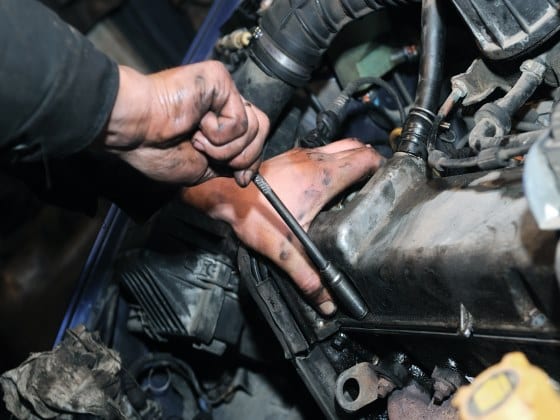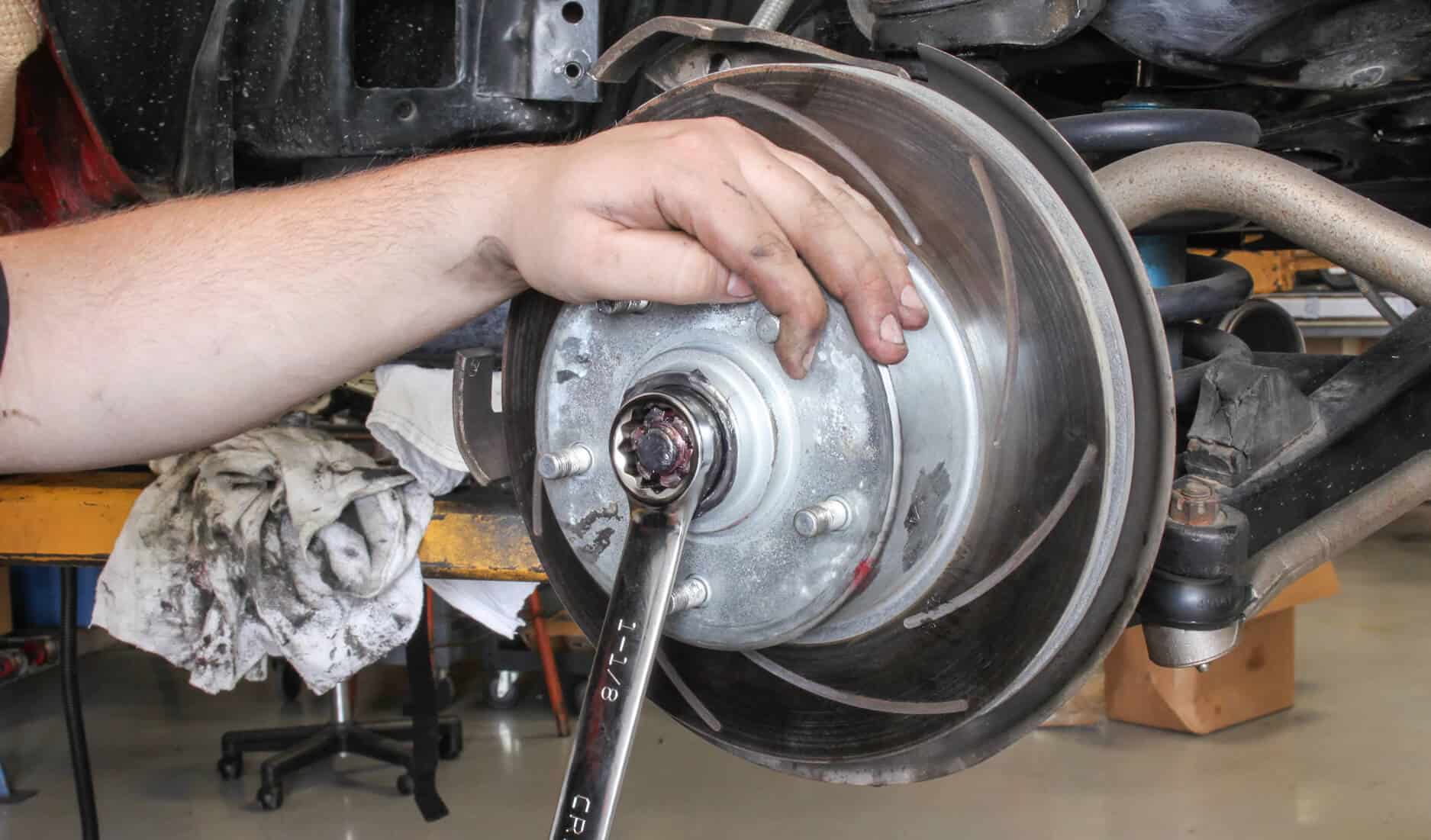Introduction
- Introduce the critical role of the engine cooling system in maintaining optimal operating temperatures for vehicle engines.
- Highlight the importance of regular maintenance to prevent overheating and ensure engine performance and longevity.

1. Understanding the Engine Cooling System
- Components Overview: Explain the components of the cooling system, including radiator, coolant reservoir, water pump, thermostat, and hoses.
- Function: Describe how the cooling system regulates engine temperature by circulating coolant and dissipating heat.
2. Signs of Potential Overheating
- Warning Signs: Identify symptoms such as temperature gauge readings in the red zone, steam or smoke from the engine bay, and coolant leaks.
- Dashboard Indicators: Recognizing dashboard warning lights or messages related to coolant temperature or overheating.
3. Regular Inspection and Maintenance
- Coolant Level Check: Step-by-step instructions for checking coolant levels when the engine is cool, ensuring it’s within recommended levels.
- Coolant Quality: Importance of inspecting coolant condition for discoloration, contaminants, or signs of degradation that may affect cooling efficiency.
- Cooling System Components: Visual inspection of hoses, connections, radiator fins, and water pump for leaks, corrosion, or wear.
4. Cooling System Flushing and Refilling
- Flushing Procedure: Guidelines for flushing the cooling system periodically to remove old coolant, debris, and contaminants.
- Coolant Refill: Steps for refilling the cooling system with the recommended coolant type and mixture ratio specified by the vehicle manufacturer.
- Bleeding Air: Techniques for bleeding air from the cooling system to ensure proper circulation and prevent air pockets that can cause overheating.
5. Engine Cooling Enhancements
- Radiator Maintenance: Cleaning radiator fins and ensuring proper airflow to optimize cooling efficiency.
- Thermostat Inspection: Checking thermostat operation to ensure it opens and closes at the correct temperatures to regulate coolant flow.
- Water Pump Function: Testing water pump performance and inspecting for leaks or mechanical issues that can affect coolant circulation.
6. Preventive Measures and Best Practices
- Driving Habits: Avoiding aggressive driving and excessive idling that can strain the cooling system and increase engine heat.
- Regular Service Intervals: Adhering to recommended service schedules for coolant changes, inspections, and preventive maintenance.
- Emergency Preparedness: Carrying coolant and basic tools for roadside emergencies, and knowing how to safely handle overheating situations.
Conclusion
- Recap the importance of proactive engine cooling system maintenance in preventing overheating and ensuring reliable engine performance.
- Encourage vehicle owners to prioritize regular inspections, coolant checks, and system flushes to safeguard against overheating issues.
- Emphasize the role of preventive maintenance in prolonging the lifespan of engine components and enhancing vehicle reliability and safety.
By following these maintenance tips and best practices, vehicle owners can effectively manage their engine cooling systems, mitigate overheating risks, and maintain optimal engine performance and longevity over time.



